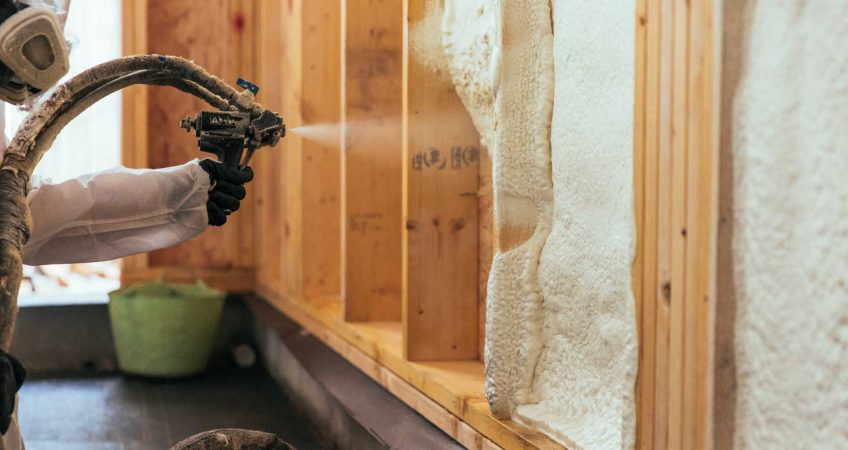Insulating a home is one of the most important steps homeowners can take to make their homes more energy efficient and comfortable. Insulation helps to reduce heat transfer, which can help to lower energy bills and keep rooms at a more comfortable temperature. But not all insulation is created equal, and the kind of insulation that works best for your home depends on where you live, what type of construction your home has, and other factors.
The two main types of insulation are batts (which look like blankets) or loose-fill material, such as blown-in cellulose or fiberglass. Batts may be made from fiberglass, mineral wool, cotton denim or recycled paper products—each product offering different levels of insulative qualities depending on its R-value. The higher the R-value rating, the better it insulates against heat loss or gain.
Insulating walls is an effective way to prevent air leaks and maintain indoor temperatures in both summer and winter months. In older homes that weren’t built with insulated walls already in place, wall insulation can significantly improve energy efficiency and comfort levels. When adding insulation to exterior walls, it’s important to leave enough space for proper ventilation behind the wall covering material such as drywall or paneling otherwise moisture could build up and encourage mold growth.
If you have an attic or crawl space that isn’t adequately insulated, adding some form of insulation will help reduce energy costs by keeping colder outside air from entering the living space during winter months. Attics are usually insulated using either rolls (batts) of materials stapled between ceiling joists or loose-fill material like cellulose poured into existing cavities between joists. Attic ceilings should also be sealed with caulk before installing insulation to stop warm air from leaking through open spaces around light fixtures or electrical outlets near the ceiling line.
Crawl spaces should have either batts installed over ground surfaces or loose fill poured into existing cavities between floor joists – whichever type you choose depends on your budget and preference since both options offer comparable performance when used properly. It’s also important to make sure any vents leading directly outside remain uncovered so oxygen can circulate freely beneath floorboards in order to avoid moisture buildup that encourages rot and mold growth down there.
Once you’ve completed installation of your desired form of insulation in your home don’t forget about checking if windows need additional weather proofing such as replacing old seals around window frames or caulking cracks around window edges; this will further help keep outside temperature fluctuations from affecting interior temperatures which lead to higher energy costs for heating/cooling month after month when left unchecked for too long periods of time without proper maintenance upkeep!

